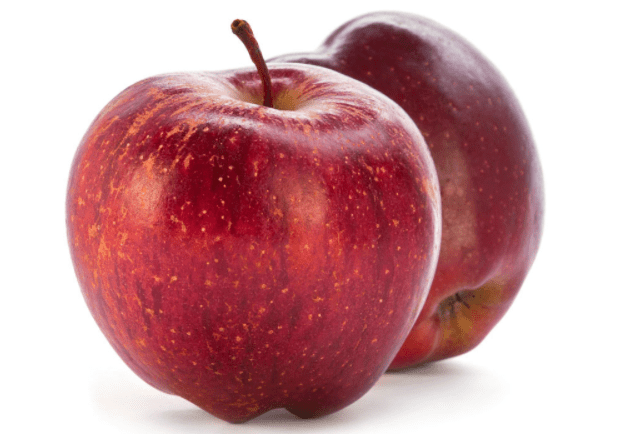The United States led the external supply of fruits and vegetables to Mexico in 2021, with exports of 1,661 million dollars, according to data from the Department of Agriculture (USDA).
In particular, last year, fresh fruit exports from the United States were 748.3 million dollars, this is 37.2% more than in 2020.
At the same time, US sales of processed fruits were estimated at 196.3 million dollars, a growth of 26.1% year-on-year.
Thus, both US exports of fresh fruit and processed fruit reached a record in 2021.
On the vegetables side, US shipments to the Mexican market increased 3.2% in the case of fresh vegetables (233.7 million dollars) and 38.5% in the case of processed vegetables (482.5 million).
The record trade in processed vegetables was driven by increases in the quantity and value of frozen potato products ($261 million), reflecting a reopening of the Hotels, Restaurants and Institutional Services sector after a challenging 2020.
For its part, strong apple exports from the United States ($349 million) boosted growth in the fresh fruit sector.
Meanwhile, orange and mandarin exports ($29 million) were boosted by high demand for products containing vitamin C during the Covid-19 pandemic.
Fruits and vegetables
Small but mighty US cherry exports ($16 million) to Mexico are up an impressive 235% since 2020.
In addition to the ongoing coronavirus pandemic, extreme heat and dry weather reduced production of several key crops in the United States in 2021.
Extreme heat negatively affected crop yields of potatoes, tomatoes, and legumes, while scarcity of irrigation water (particularly in California) caused growers to reduce acreage for crops such as processing tomatoes.
According to the USDA, the supply chain issues affecting parts of agriculture and the rest of the economy in 2021 were not as severe for fresh vegetables.
The supply of fresh vegetables was hampered at times by a shortage of trucks and/or drivers, the availability of labor in the field and at the packinghouse, and problems obtaining pallets and packing materials.
With vegetable imports and exports largely focused on North American markets, bottlenecks at ports have been less of an issue with most delays stemming from trucking issues or cargo delays. of railway tracks.
![]()

